Famous Festivals of Ladakh
Overview
A key and important component of Ladakh tourism are the festivals, which are characterized by beautifully timed masked dancers, Buddhist rituals, different ceremonies, and colorful festivities.
They provide a very helpful perspective on the history and culture of the Ladakh people. The area has a great influence of Tibetan Buddhism and a lot of tourists from the country and all over the world come here to have unique experiences of this culture which is found only in this area.
Some of the main Ladakh festival include Hemis Tsechu Festival, Losar Festival, and Dosmochey Festival. These famous festivals of Ladakh give a unique sight to know the spiritual and cultural part.
People of Ladakh are often called “small Tibet” as they celebrate their holidays in a more traditional yet vibrant manner. It is strongly recommended that visitors visit Ladakh during the holiday season to experience the true spirit of the region’s culture.
Popular Ladakh Tours
7D/6N
8D/7N
6D/ 5N
10D/9N
01. Spituk Gustor Festival
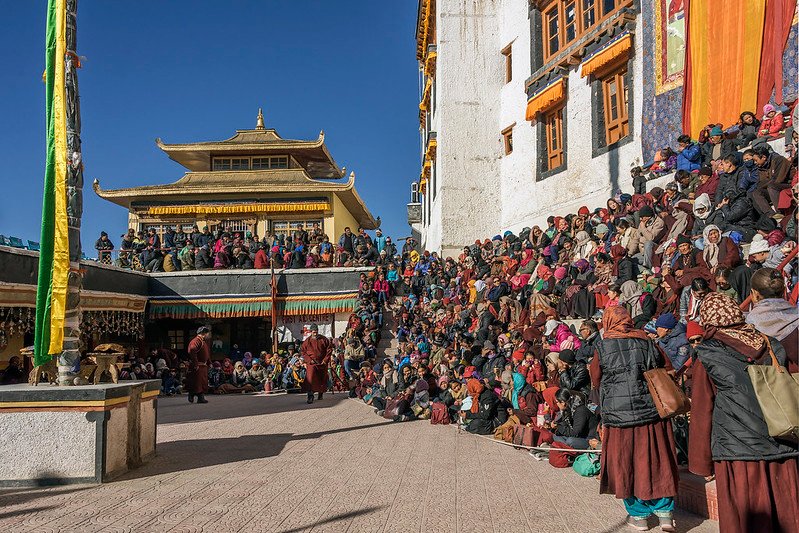
This Ladakh festival is celebrated in the month of January in Spituk Monastery near Leh. Following Losar (the New Year), Spituk Gustor is the first celebration observed in Ladakh. Attendees at this festival brave the cold weather. The festival’s major attraction is the huge thangka of the Gelugpa sect’s founder, Je Tsongkhapa, which is on public display.
To obtain blessings from protector goddesses like Sridevi (Palden Lhamo) and Mahakala, whose faces are only revealed during the festival, people also line up at the gate of the gonkhang (main temple).
The highlight is the Cham dance performed by monks in vibrant costumes and masks. Pilgrims and locals gather to seek blessings and partake in the sacred rituals.
02. Dosmoche Festival
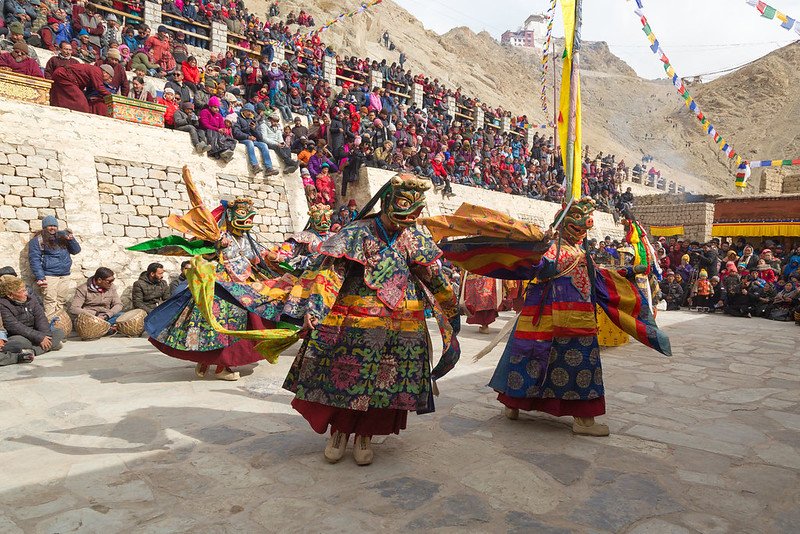
This is celebrated in the month of February in Likir Monastery at Leh. After months of chilly winter days, Ladakh residents frequently view Dosmoche as the sign of warmer weather. Dosmochey was established as an annual celebration by the Ladakh royal family.
Monks at the ancient temple beneath the Leh Palace conduct cham, or sacred dances. To drive out evil spirits, rituals are carried out and dough idols are either destroyed or kept apart.
The monks also offer crosses fashioned from threads. The prayer chambers are visited by people dressed traditionally, who come to ask the gods and other goddesses for blessings.
03. Losar Festival
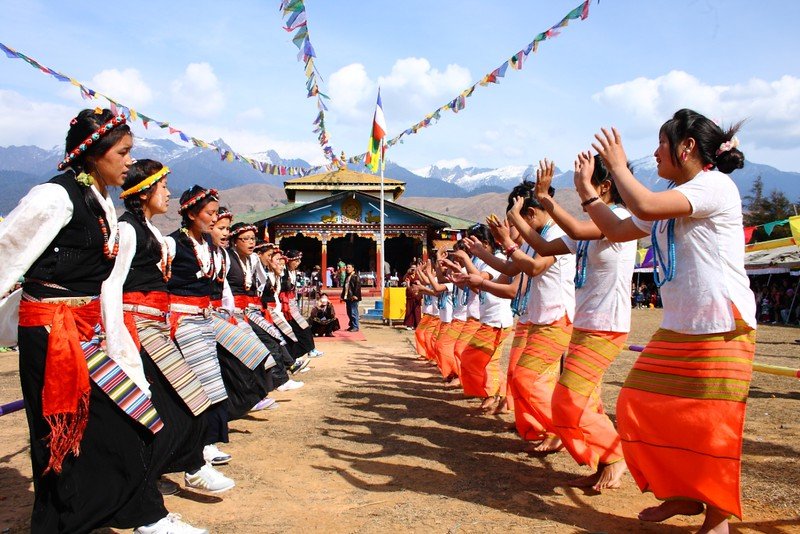
One of the main festivals of Ladakh in this area is the Losar Festival, which takes place in either December or January. King Jamyang Namgyal initiated this celebration in the 17th century because he needed to prepare for a war against the Baltistan forces in the upcoming months.
According to the Tibetan calendar, this festival is celebrated two months before the New Year. Since then, this custom has persisted as a spectacular Ladakh festival.
It is the most significant celebration in this UT since it welcomes in the new Tibetan year. Travelers from all across the nation come to participate in this celebration, which lasts for 15 days.
04. Matho Nagrang Festival
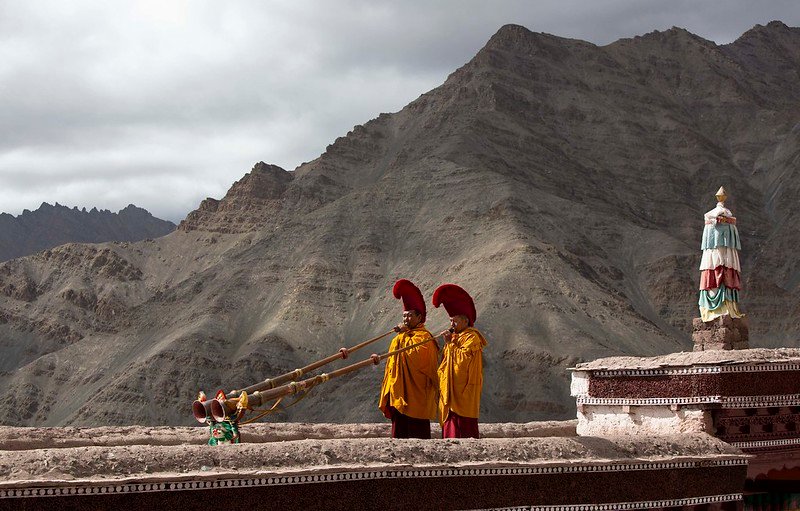
On the fifteenth day of the first month in the Tibetan calendar, Matho Nagrang is celebrated in a Matho monastery. The Sakya School of Tibetan Buddhism only has only one monastery. Monks from the monastery conduct mask dances during this two-day celebration while carrying masks that represent different gods and goddesses and colorful silk brocaded robes.
The celebration is well-known because, following a month of meditation in total privacy, two oracles arrive in the courtyard with mask dancers. They forecast what will happen in the future.
People from far locations come to ask them for assistance on how to deal with any kind of issue. To celebrate this festival, people travel from all over the world to this little village.
05. Stok Guru Tsechu Festival
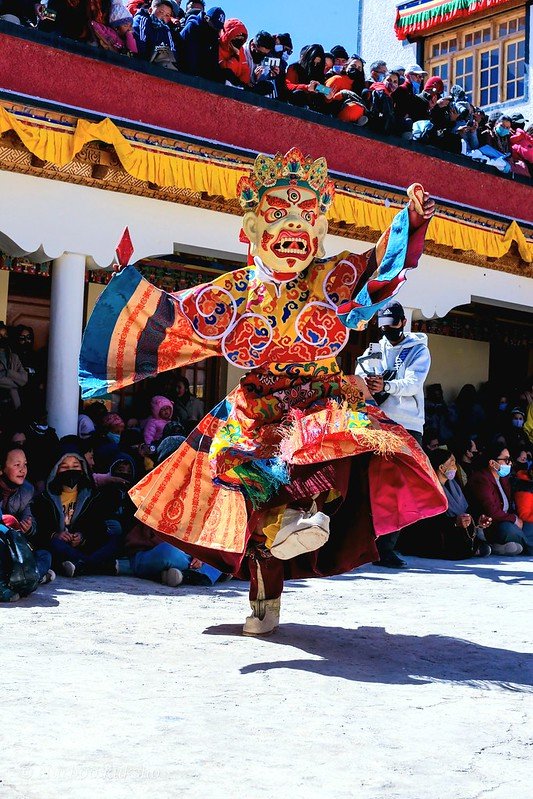
The current seat of the Ladakh royal family, Stok village, hosts the Stok Guru Tsechu festival. In the Indian state of Jammu and Kashmir, it is one of the several well-known Leh Ladakh festivities that are enthusiastically observed. This celebration is well-known for its oracles who forecast the upcoming year. These oracles are lay people, not monks, who have been instructed by Spituk Gompa monks to allow the spirits of the gods to inhabit their bodies.
The monks prepare and purify these lay people spiritually prior to the celebration. Ladakh people have a strong belief in the oracles’ predictions.
In Gurphug, Ladakh, the Stok Guru Tsechu festival is held on the ninth and tenth days of the first month of the Tibetan Lunar Calendar, which corresponds to February or March.
06. Saka Dawa
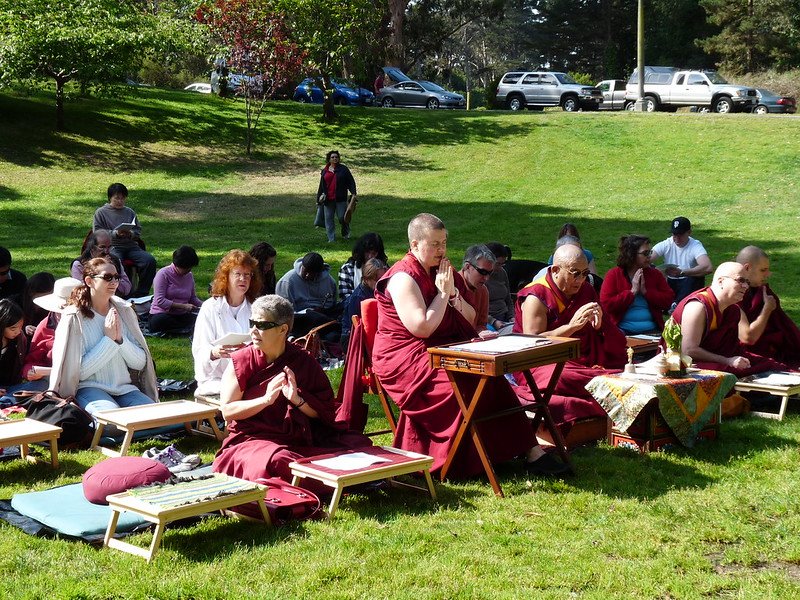
Saka Dawa, also called Buddha Purnima or Vesak Day, honors the Buddha’s beginning, enlightenment, and death. Like Buddhists worldwide, the people of Ladakh honor Saka Dawa as the highest of all Buddhist holidays. Depending on the lunar calendar, this holiday is typically held in May.
Participants in Bhumskor, a parade in which people carry holy religious texts and thangkas that describe the life and honorable actions of Buddha, come in great numbers from all across Ladakh.
People from all walks of life, including students and monks, participate in the march that ends at Leh’s Polo Ground. On this day, people go to monasteries to ask Lord Buddha for blessings.
07. Yuru Kabgyat Festival
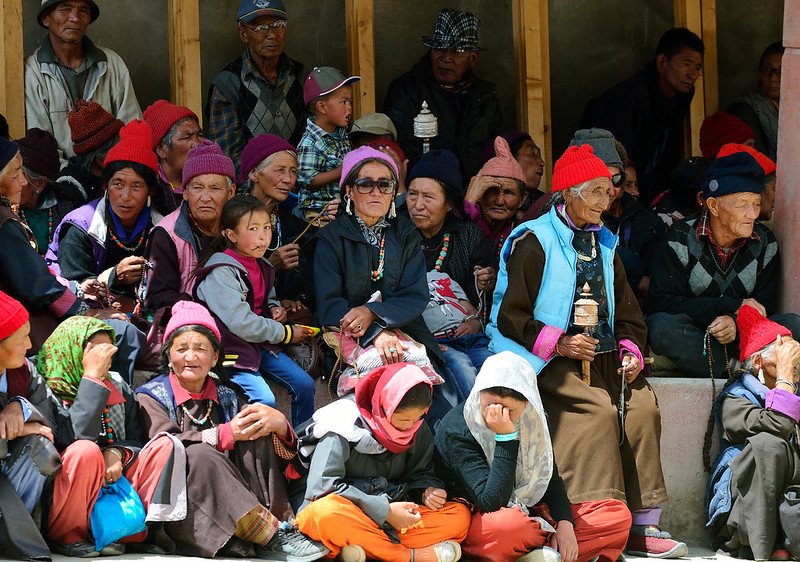
Buddhists are the only ones who can attend the two-day Yuru Kabgyat Festival in Ladakh. The Lamayuru Monastery hosts the festival, which offers a rare chance to see the passion and passion of Buddhists from all over the world as well as Lamas from Tibet, Japan, Korea, and China.
The multi-hour-long masked dance performances of the event are a sight for both visitors and residents. This two-day celebration is so important that monks from all over the globe come in large numbers. The festival’s primary attraction is the cham, or sacred mask dance-dramas.
The Lord of Death Yama and Guru Rinpoche or Padmsambhava (also called the Second Buddha) are shown in one of the dances. On the last day of the festival, sacrifices are offered, and holy ceremonies are conducted.
08. Hemis Tsechu Festival
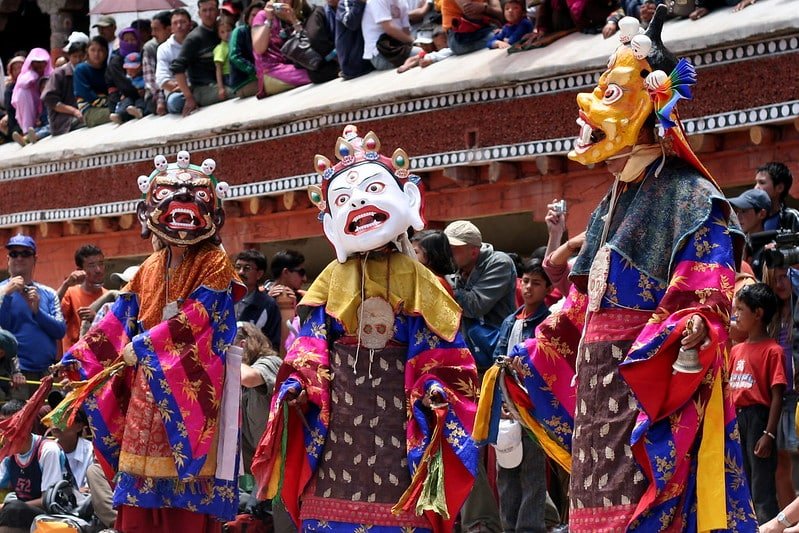
The celebration of Hemis Tsechu Festival honors the birth of one of the founders of Tibetan Buddhism, Guru Padmasambhava. Celebrated in Hemis Monastery, the event is a must-see in Ladakh because of the monks’ colorful silk outfits and masked dances.
Because they portray the several magical actions carried out by Guru Padmasambhava in his eight appearances to vanquish evil, the dances are especially important.
The monastery’s resident monks conduct sacred mask dances, or cham, in the courtyard. The largest thangka, or Tibetan scroll painting, in the world is housed in the monastery.
09. Stongde Gustor Festival
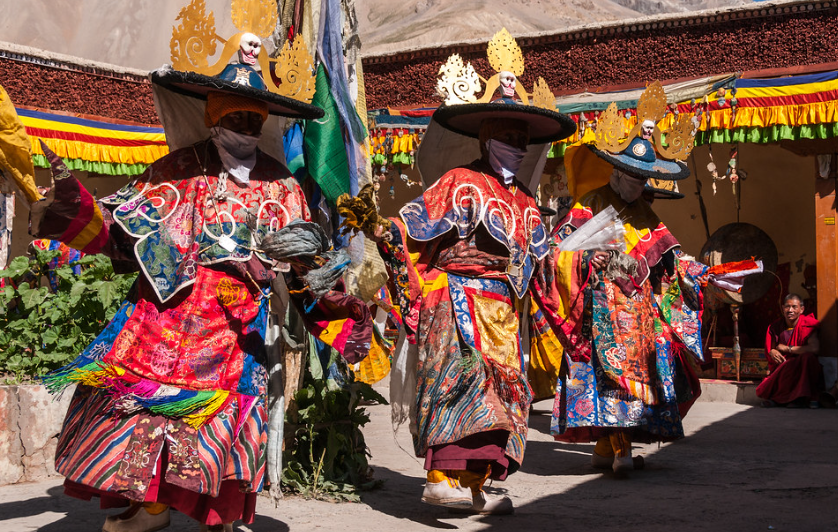
The Zanskar region celebrates this festival, which is a must-attend event in Ladakh. The festival’s major attraction is the monastery monks’ well-known masked dance.
June, the eleventh month in the Tibetan calendar, is when this yearly celebration is held. This festival, which takes place in the Stongday monastery in the Zanskar region, attracts a lot of residents and visitors to see this auspicious occasion.
“Be sure to attend the Stongday Gustor celebration during your visit to Leh Ladakh in July, if you ever get the chance to travel to the Ladakh Zanskar region.
10. Phyang Tsedup Festival
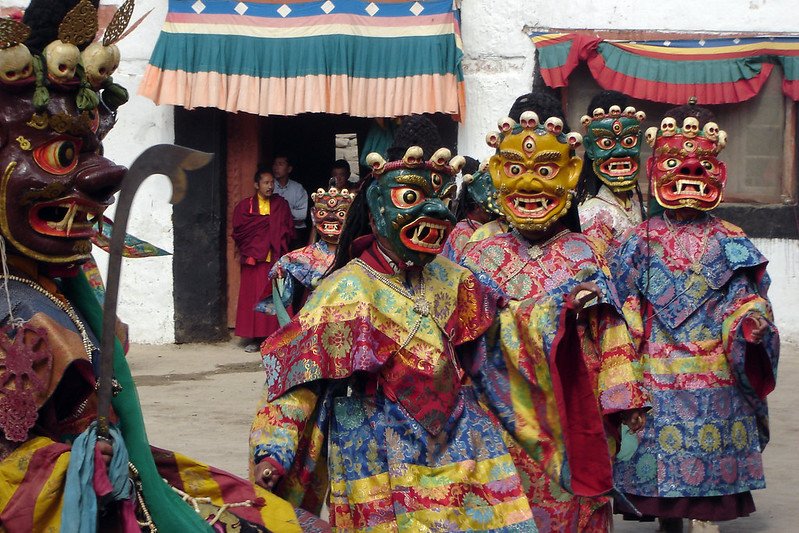
The event honors the founder of the Drikungpa order, and a saint named Skyoba Jigten Gombo. Phyang Gompa’s chams are lengthy, in contrast to the sacred mask dance-dramas that are performed in Phyang monasteries.
The thangka of Skyoba Jigten Gombo, which is opened and displayed every three years (the Tibetan lunar calendar’s “years of the pig, snake, and monkey”), is another highlight of the celebration.
It is celebrated in the month of July where the devotees make the journey to Thangka of Skyabje Gombo, which is a custom that is significant to this celebration.
11. Karsha Gustor Festival
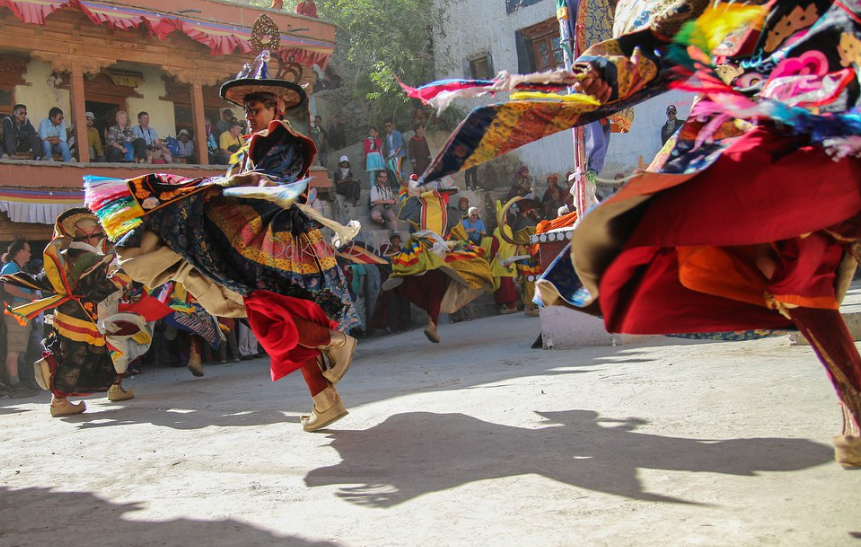
Karsha Gustor, which is celebrated at Zanskar’s largest monastery, Karsha Gompa in the month of July, represents the triumph of good over evil. In the summer, Karsha Gustor is celebrated.
The primary focus of Karsha Gustor is the future predicted by ordinary people rather than by famous soothsayers or oracles. The monastery’s monks have selected, purified, and prepared this layperson.
The famous Yellow Hat or Gelupka order monks, who have built their own monastery called the Karsha Monastery atop the Zanskar mountain ridges that run parallel to the Padum Plains, honor this event.
Karsha Gustor, which is celebrated at Zanskar’s largest monastery, Karsha Gompa in the month of July. Being located in Padum, visitors can also explore other remarkable places to visit in Padum, such as the Sani Monastery, Zangla Palace, and the scenic confluence of Doda and Tsarap rivers.
12. Korzok Gustor Festival
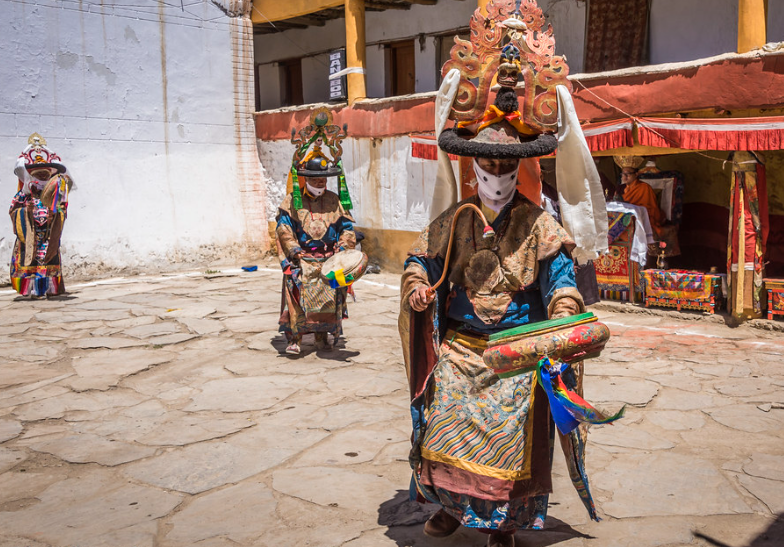
Given that the Korzok monastery has a view of the magnificent Tso Moriri Lake, the Korzok Gustor festival is undoubtedly one of the most beautiful and unforgettable events in the entire Ladakh region.
The Changpa nomadic groups’ attendance, which draws sizable crowds, is what gives the celebration its charm in the month of August.
Kunga Lodro Ningpo established the Drukpa-affiliated Korzok monastery approximately three centuries ago.
13. Takthok Tsechu Festival
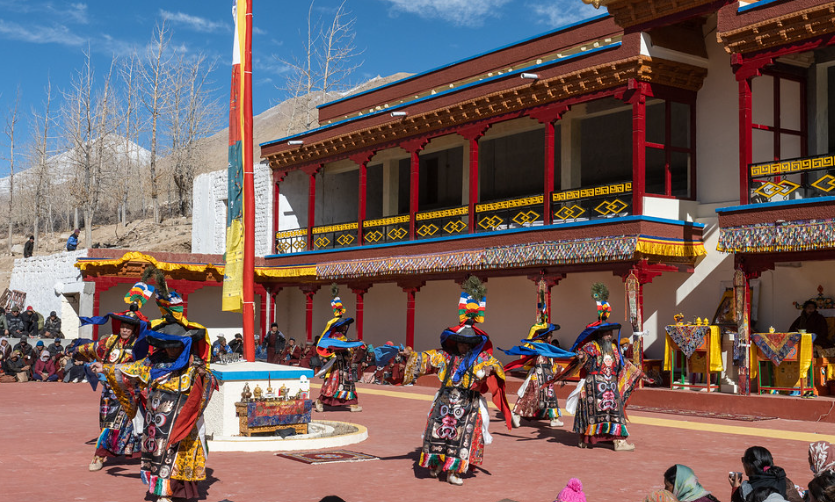
The only Nyingmapa (the oldest of the four main schools of Tibetan Buddhism) monastery in Ladakh is Takthok Gompa, which means “rock roof” in Ladakhi since the walls and roof are composed of rock. Held in July and August, Tak-Thok Tse-Chu is a significant celebration that attracts both locals and tourists in great numbers.
The monastery is situated around a cave that is thought to have been utilized for meditation by Guru Rinpoche in the eighth century.
During the Takthok Tsechu celebration, which honors Guru Rinpoche on an auspicious day, this monastery, which is home to about 60 monks, comes alive. In the summer, people celebrate Takthok Tsechu, which is the tenth day of the Tibetan lunar calendar. The early travels of Guru Rinpoche are portrayed through cham, or sacred mask dances.
One of Ladakh’s most fascinating attractions is this festival. Visitors who attend the festival are thought to put merit upon themselves in the teachings and receive protection from harmful forces.
Although the festival is held earlier in the summer, visiting Leh Ladakh in September offers a quieter, more peaceful experience to explore the region’s spiritual heritage, including monasteries like Takthok Gompa.
14. Sani Naro Nasjal Festival
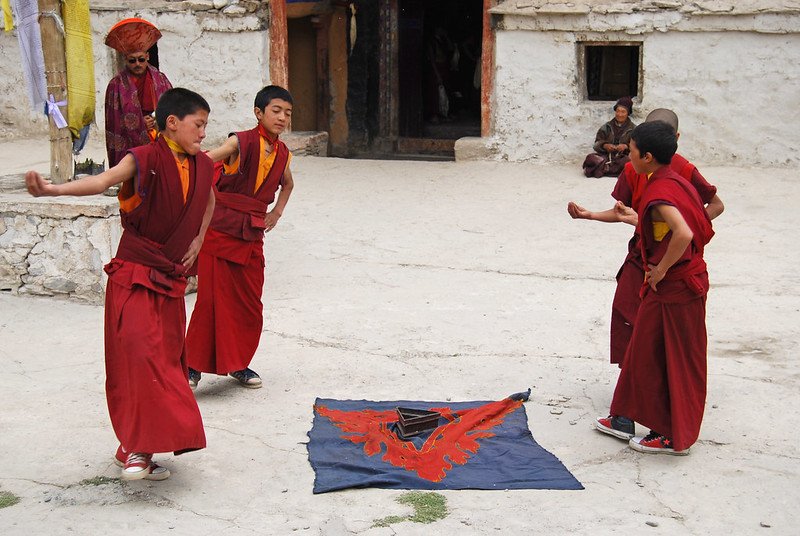
The Sani monastery was founded in the first century CE during the Kanishka Empire. As a result, Sani is the oldest monastery in the Zanskar Valley, Ladakh. This ladakh festival is celebrated in Sani Monastery in Zanskar in July.
It is currently owned by Drugpa Kagyu, a Kargyu School sub-lineage. Sani Naro Nasjal, the monastery’s annual celebration, takes place from the 15th to the 20th of the sixth Tibetan month. At Sani, the monks from Bardan monastery give a performance.
In order to bless the villagers and pilgrims, the statue of the renowned Yogi, Naropa, is unveiled on this special day. Remarkably, out of all the monastic celebrations, only Sani features dances performed by the village’s wedded wives. At the end of the festivities, the newlyweds are greeted, congratulated, and given auspicious khataks, which are traditional ceremonial scarves.
15. Ladakh Festival
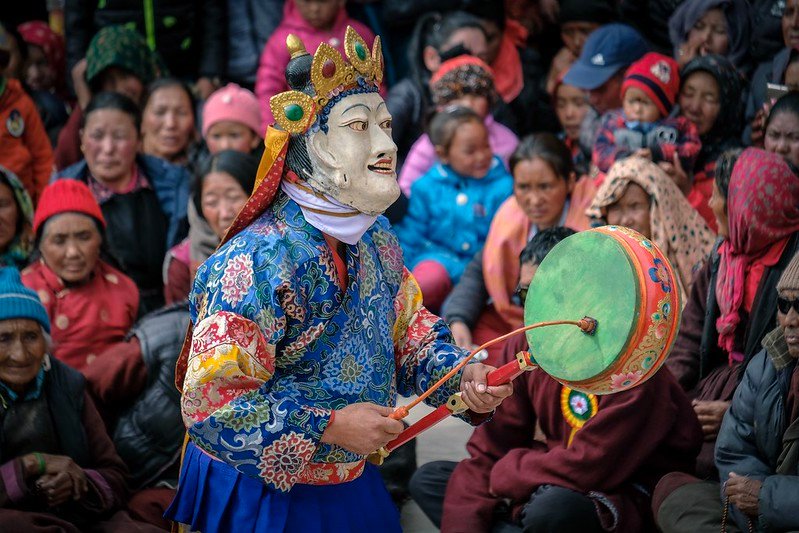
Promoting tourism and the region’s rich culture is the goal of the Ladakh Festival, which is organized by the tourism department with assistance from the residents.
Hundreds of people go from all over the world to see the big procession during this event in Ladakh, which offers you a joyful atmosphere of sports and culture full of warmth and excitement.
Local leaders, schoolchildren, and dancers participate in the procession, performing a variety of dances to the orchestra’s traditional music. Wild lion and yak dance, music performances, craft exhibits, delicious food, and the opportunity to sample Chang, an intoxicating barley beer, among the festival’s highlights.
16. Diskit Gustor Festival
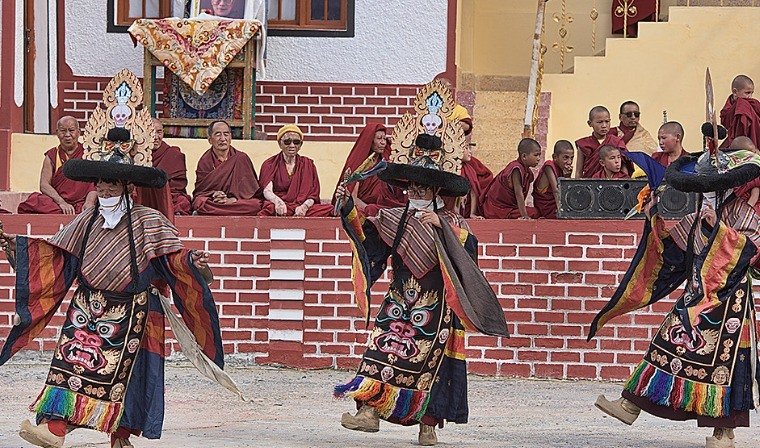
In October, the people of Diskit, the Nubra Valley’s capital, celebrate the Diskit Gustor festival. People from practically every village participate in large numbers because it is one of the largest events in the whole Nubra region.
The Diskit Gustor festival, like other Ladakh celebrations, commemorates the triumph of good over evil by burning the effigy of the latter, known as Storma in Ladakhi. During the two-day celebration, the monks of Diskit Gompa perform cham.
17. Thiksey Gustor Festival
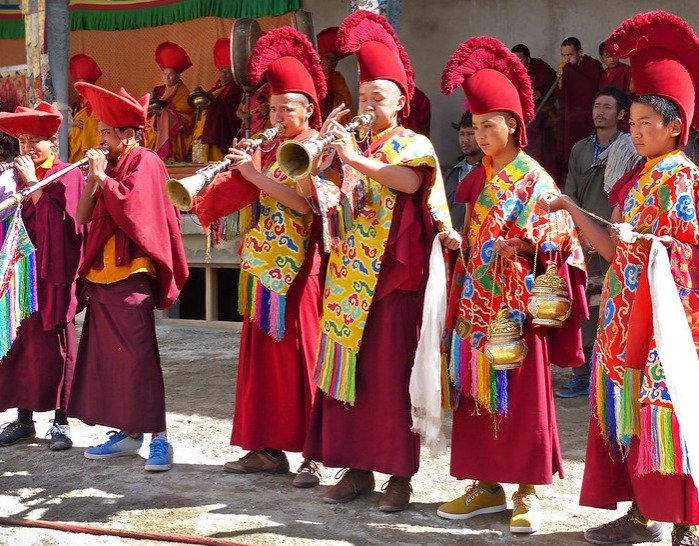
Thiksey Gustor and Chemrey Wangchok are two of the final festivities observed before Ladakhi New Year or Losar, and they are observed in either October or November. One of the most beautiful and well-known monasteries in Ladakh is Thiksey Monastery.
This monastery belongs to the Buddhist culture of the Gelupa order. Sherab Zangpo constructed the first monastery at Stakmo. This monastery is connected to a temple called Lakhang Nyerma. The entire temple is devoted to the Goddess Dorje Chenmo, who is represented by the idol.
This monastery is home to a great number of shrines in addition to this temple. Numerous Buddhist monks and lamas reside in this monastery.
18. Chemrey Wangchok Festival
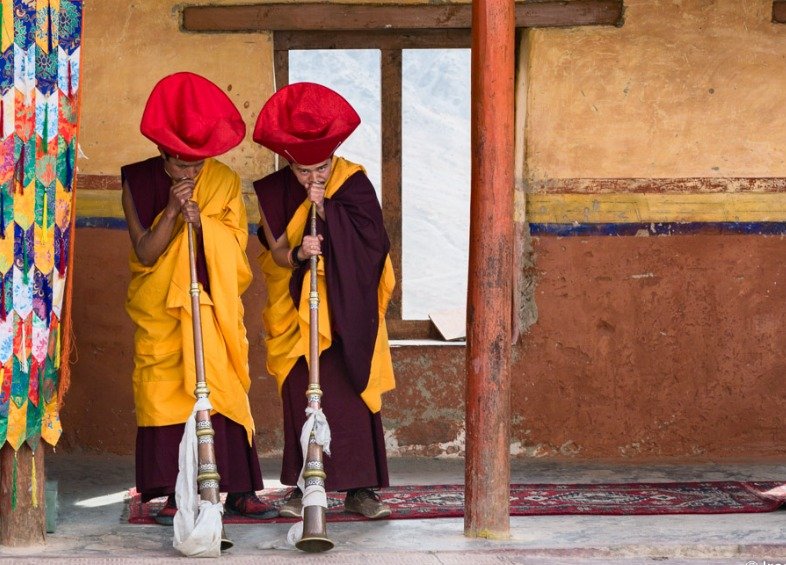
Situated on a hill, Chemrey Gompa continues to be one of Ladakh’s most gorgeous monasteries. Even though the monastery is well-known, not many people are aware of the Chemrey Wangchok festival, which was held in this monastery in the fifteenth century.
According to the Tibetan lunar calendar, this event is observed on the 28th and 29th day of the ninth month. After a week of meditation, monks of the Drukpa lineage conduct cham on both festival days.
19. Galdan Namchot Festival
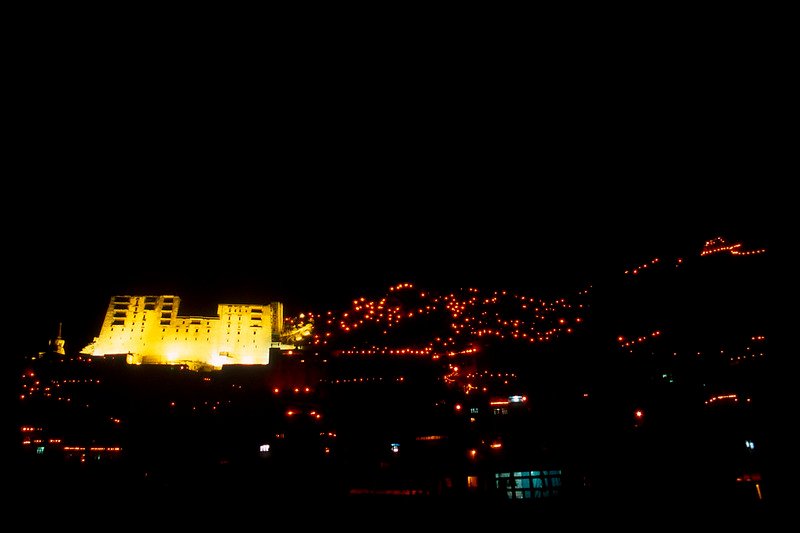
Ladakh’s New Year celebrations begin with the Galdan Namchot festival. The Gelugpa sect’s founder and Tibetan scholar Je Tsongkhapa’s birthday and Buddhahood are honored at this festival. During Galdan Namchot, all of the homes, public buildings, and monasteries are lit.
To symbolize the winning of light over darkness, people prepare and light butter lamps. During the celebration, they cook delicious treats and invite their loved ones to join them for dinner.
Additionally, butter lamps are ignited, signifying the destruction of darkness. In homes, traditional foods including butter tea, momo, and thumpa are prepared and consumed. Ladakhi people present khatak, a traditional ceremonial scarf.
Get in touch
FAQ's
The Hemis Tsechu Festival is one of the most famous festivals in Ladakh which is celebrated at the Hemis Monastery and it features grand rituals, mesmerizing mask dances, and elaborate ceremonies that draw pilgrims and tourists alike.
The Ladakh harvest festival is celebrated with lively folk dances, melodious music, and community feasts. The event showcases the agrarian lifestyle of Ladakh, bringing locals together to express gratitude for a successful harvest season.
The Losar Festival is Ladakh’s main winter festival. It marks the Ladakhi New Year and involves cleaning homes, offering prayers, and enjoying festive meals. Locals also engage in traditional music and dance performances.
Cham dances, performed during festivals like Matho Nagrang and Hemis Tsechu, are integral to Ladakh’s cultural celebrations. These masked dances narrate Buddhist teachings, symbolizing the triumph of good over evil.
The Hemis Festival usually takes place in June or early July, depending on the Tibetan lunar calendar. It is celebrated on the 10th day of the fifth month and marks the birth anniversary of Guru Padmasambhava.


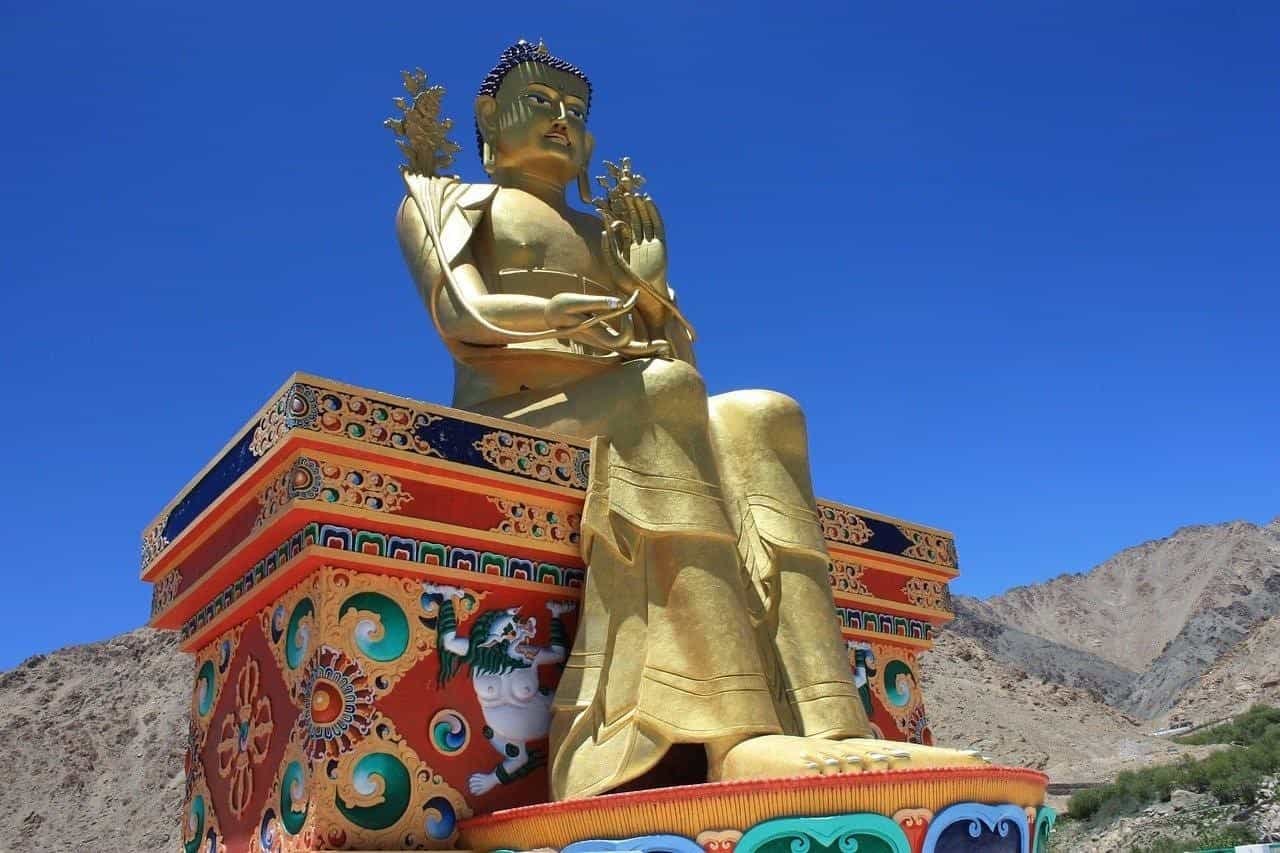

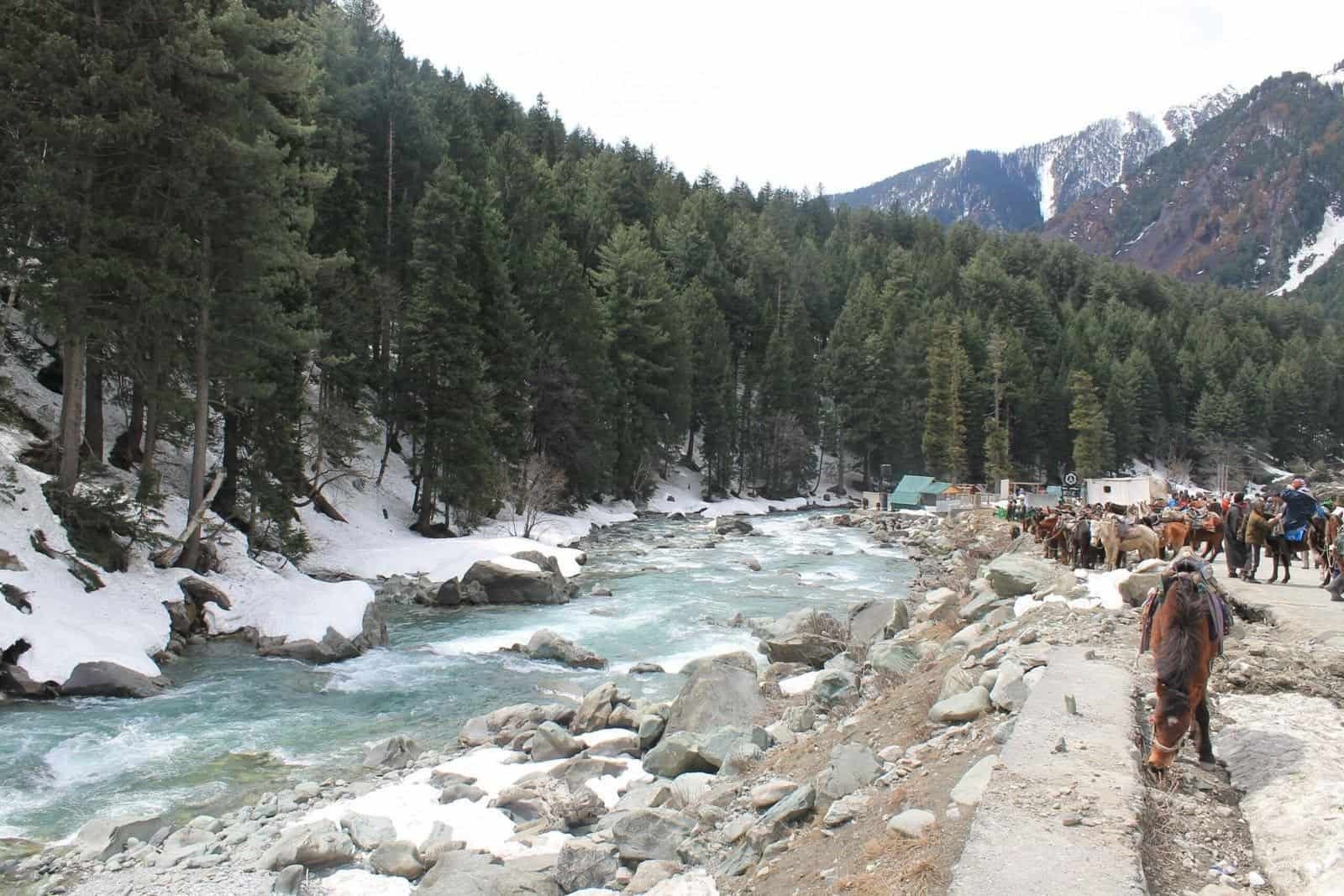
 Call Now
Call Now Chat With Us
Chat With Us